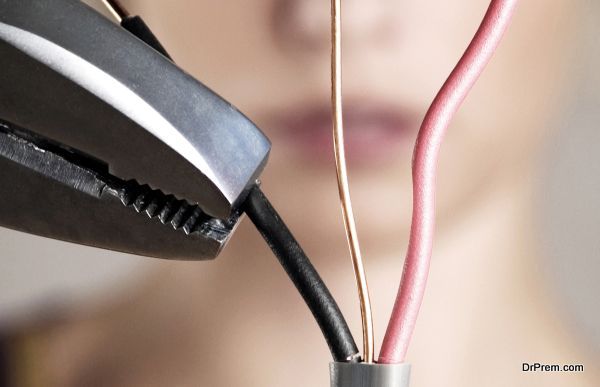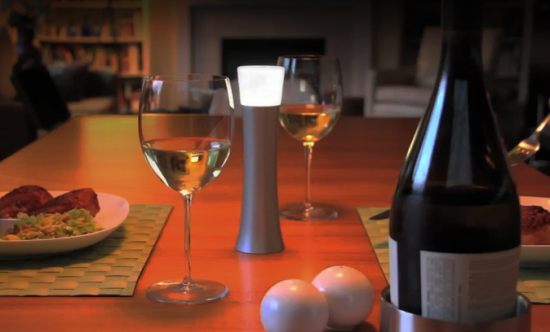If you’re a DIY enthusiast, you probably use power tools outdoors. Getting power outdoors is tricky unless it’s already built into the property. Your safest bet, thus, is to run power from an outdoor socket or an outbuilding. But if your property lacks both of those and you really need a power source outside, here’s how you can get it done:

Running a simple armoured cable outdoors is one of the most straightforward DIY projects. The cables are armoured to protect you from coming into direct contact with a live wire accidentally. These cables are preferred, and in some cases mandatory, because there’s a real danger of piercing a wire with sharp tools. You can use this type of cable if there is a maximum of ten feet between buildings. If the distance is any longer than that, the project gets a bit more complicated. You have to ground the cable properly. You’ll have to measure the distance between buildings to make sure you comply with regulations on how much the distance should be over open space and driveways.
Once you’ve sorted all that out, you can run a cable underground. The cable must be properly protected and buried under 30 inches of ground if your wire runs under a flowerbed or lawn. The wire can be left as shallow as 18 inches underneath pathways and patios. You may have to map out the area properly before getting started.
If you take the time to install an outdoor power outlet, you’ll never have to run extension cords to the front lawn for your power tools again. Not only is this convenient, it’s also remarkably safer. When the cable is safely buried underground, you have access to power and no one needs to trip over a wire. But the outlet needs to be strong and weather-proof. You also need to plot the direction of the wire so that it can connect to the closest indoor socket.
Position the outlet carefully with all this in mind. Make sure the faceplate is fixed in place to guard against the weather and the holes are drilled correctly to allow the wire to connect. Exterior outlets could also have spring-loaded covers to protect them from dust and insects.

The wire you run underground will need some adjustments if it’s being used for a specific purpose. If, for example, the wire needs to go to an outbuilding like a garage, you’ll need to connect the main breaker panel in the house to a subpanel in the outbuilding with a 240-volt circuit. If the cable is used for water features like fountains, you’ll need a lower voltage circuit with additional safety features such as a transformer. You may also have to adjust how high the wire goes outside if it’s meant to connect a surveillance system like cameras and motion sensors.
Installing an outdoor socket is one of the most worthwhile Do-It-Yourself projects you can undertake. This simple project takes less time than most other wiring or outdoor projects, but it can significantly add safety and convenience to your home, especially if you work outside a lot.
Article Submitted By Community Writer




